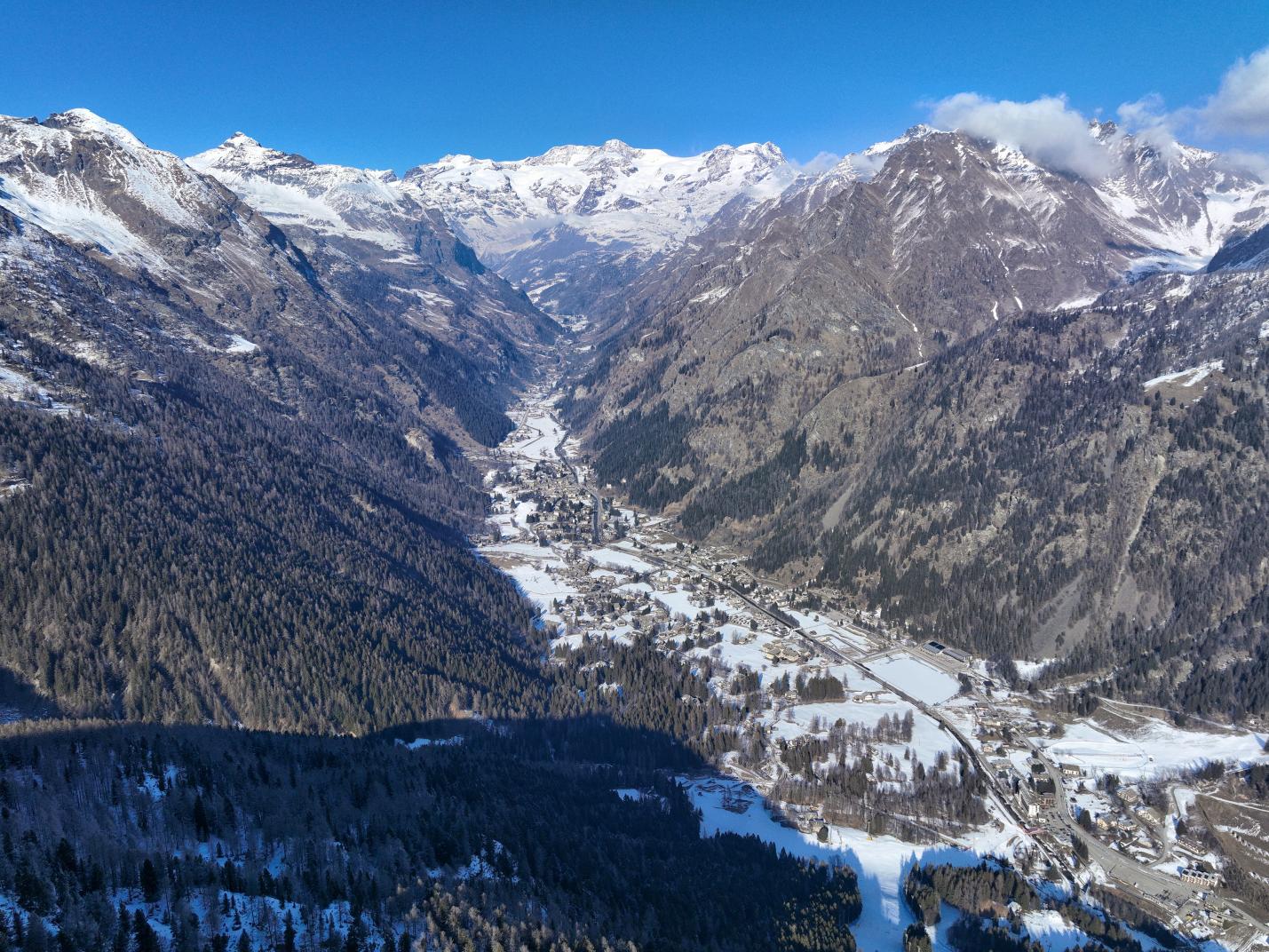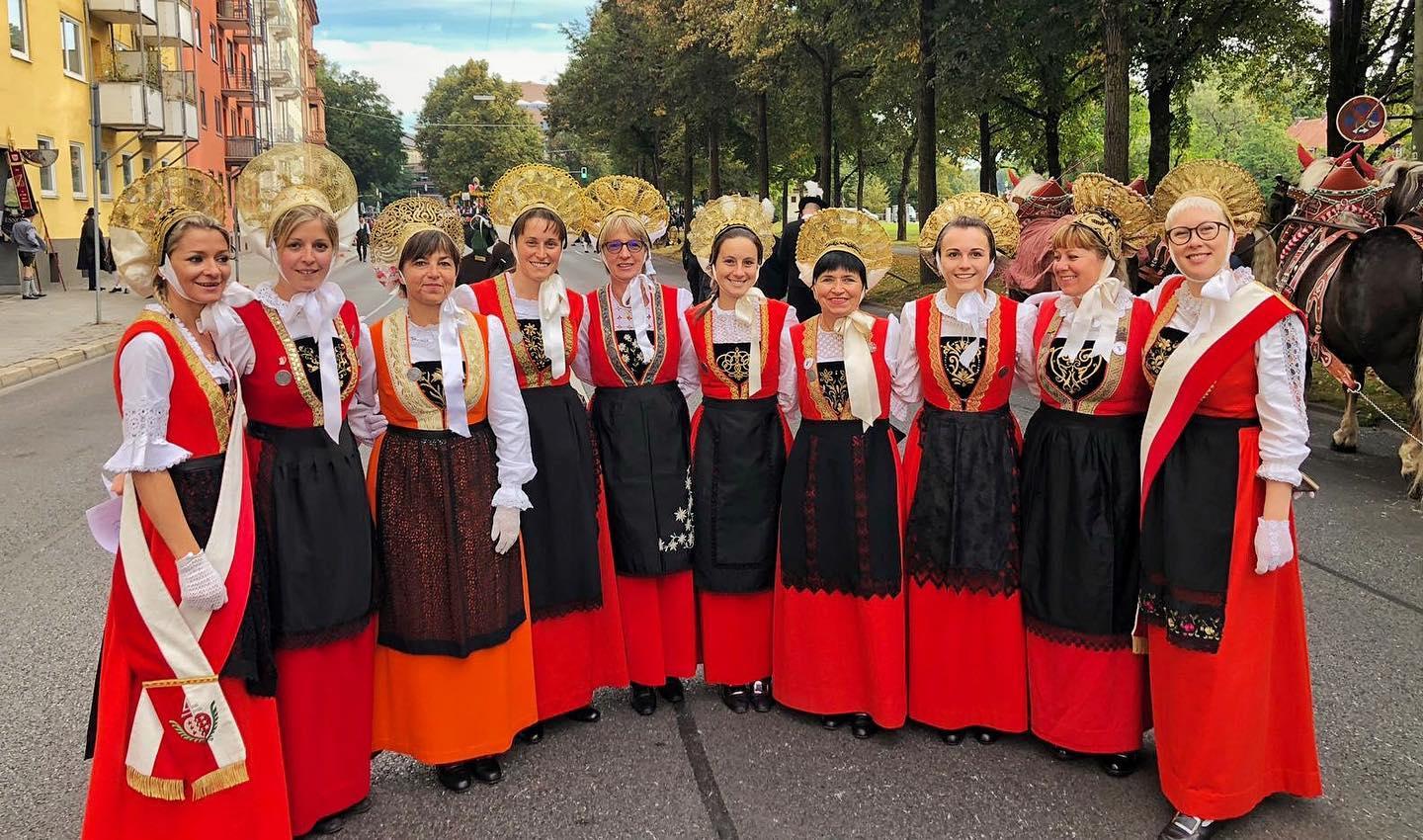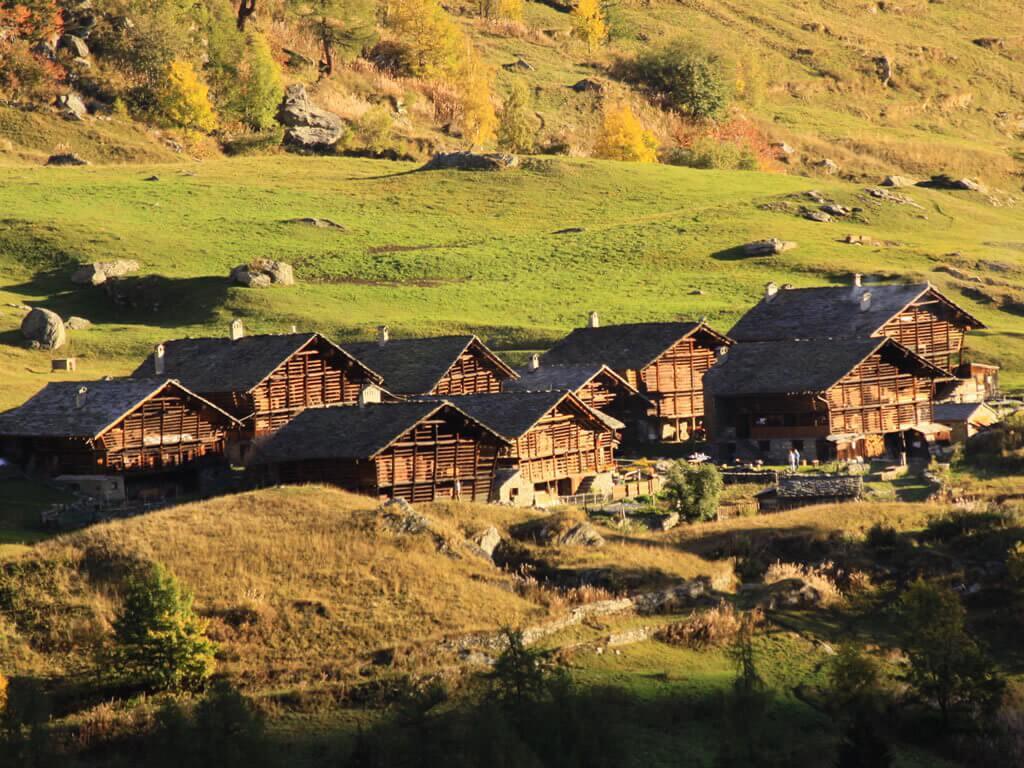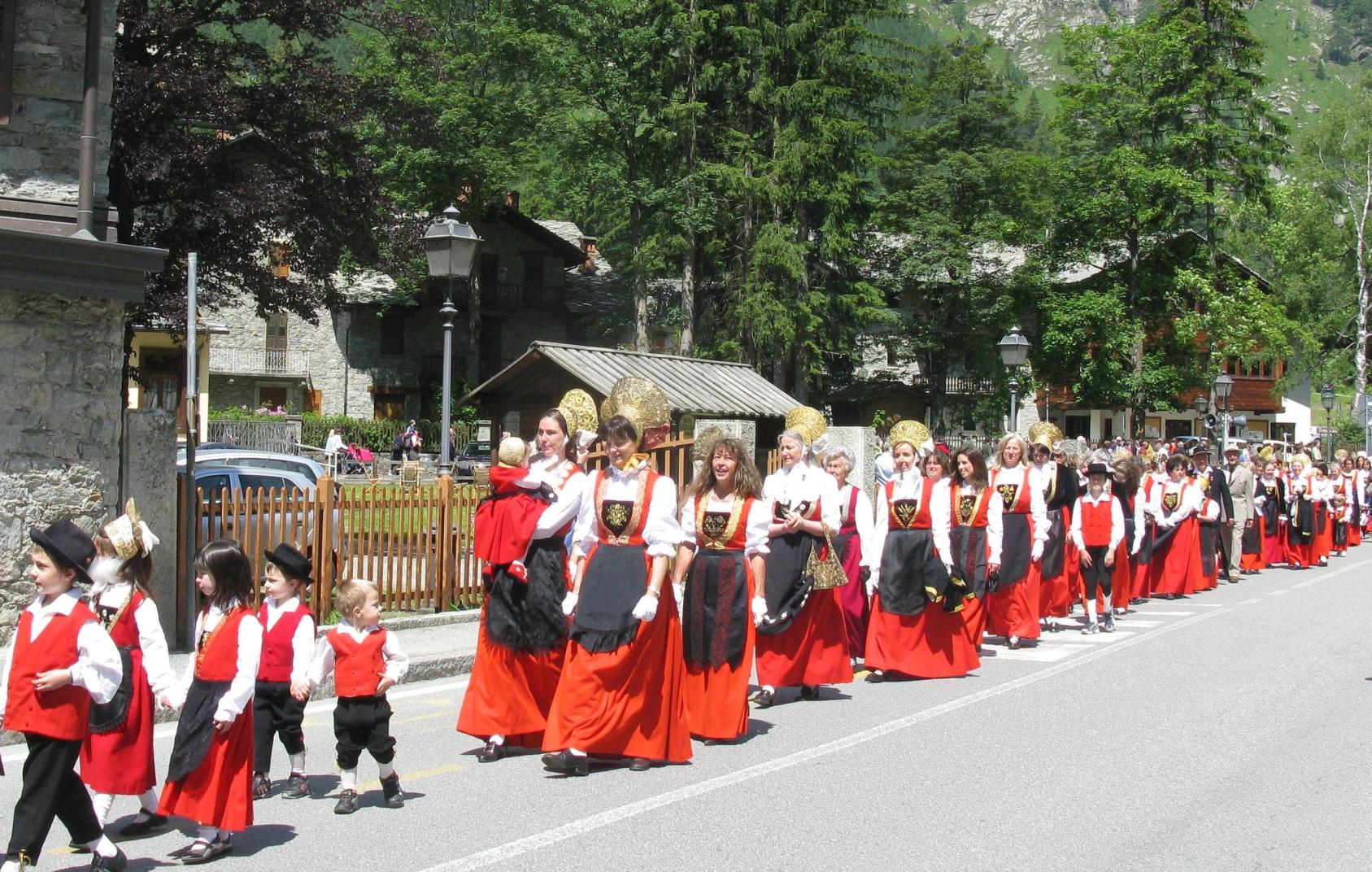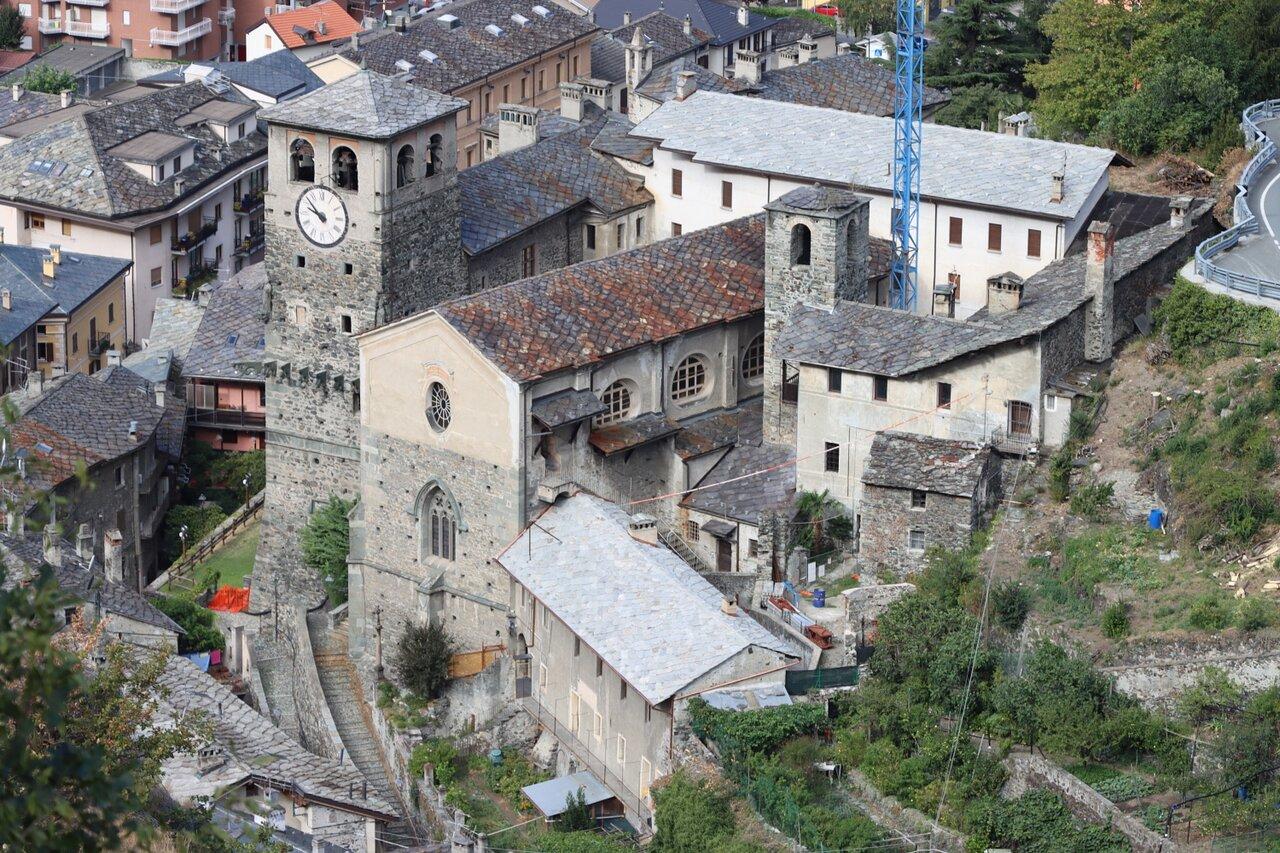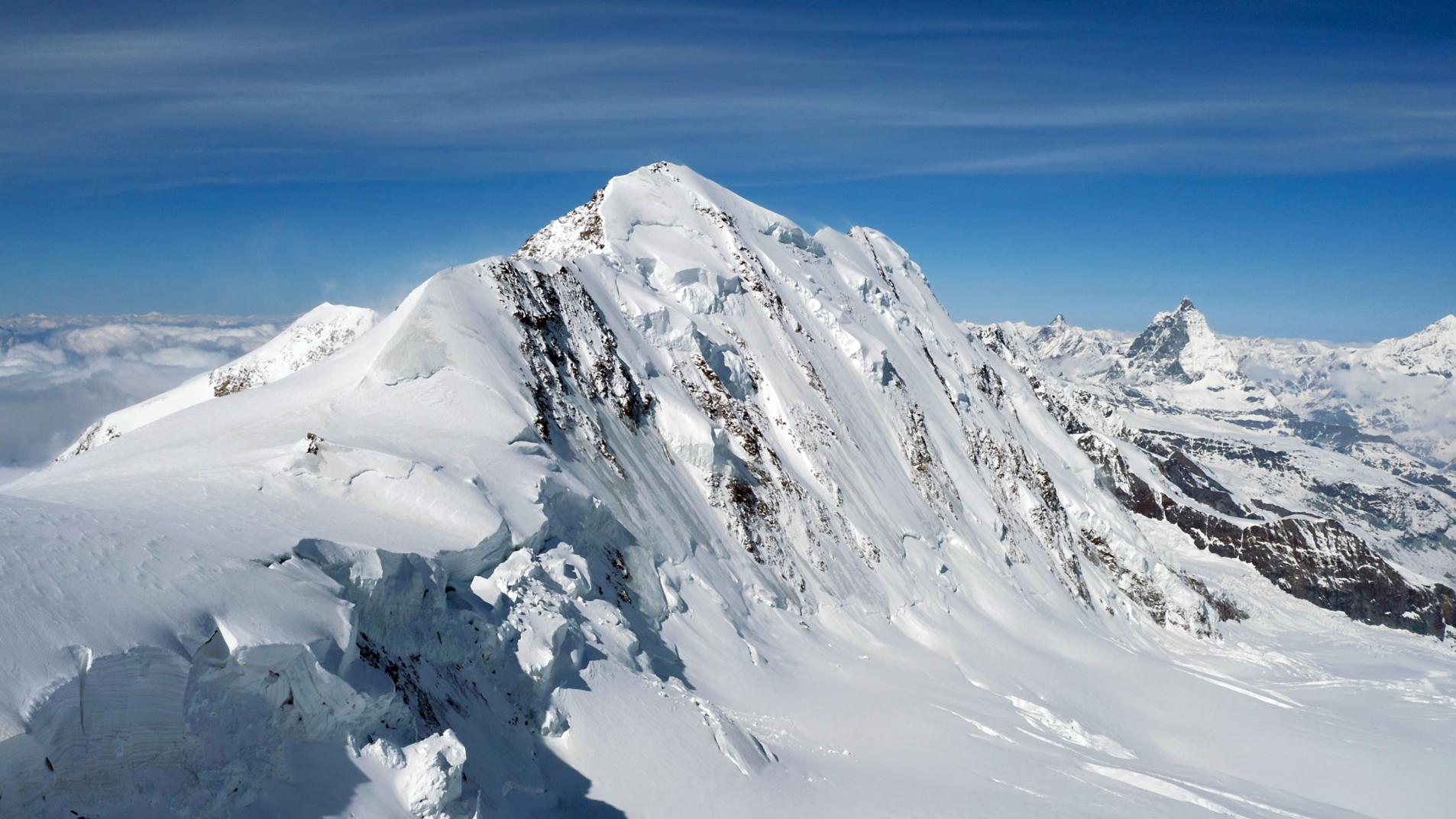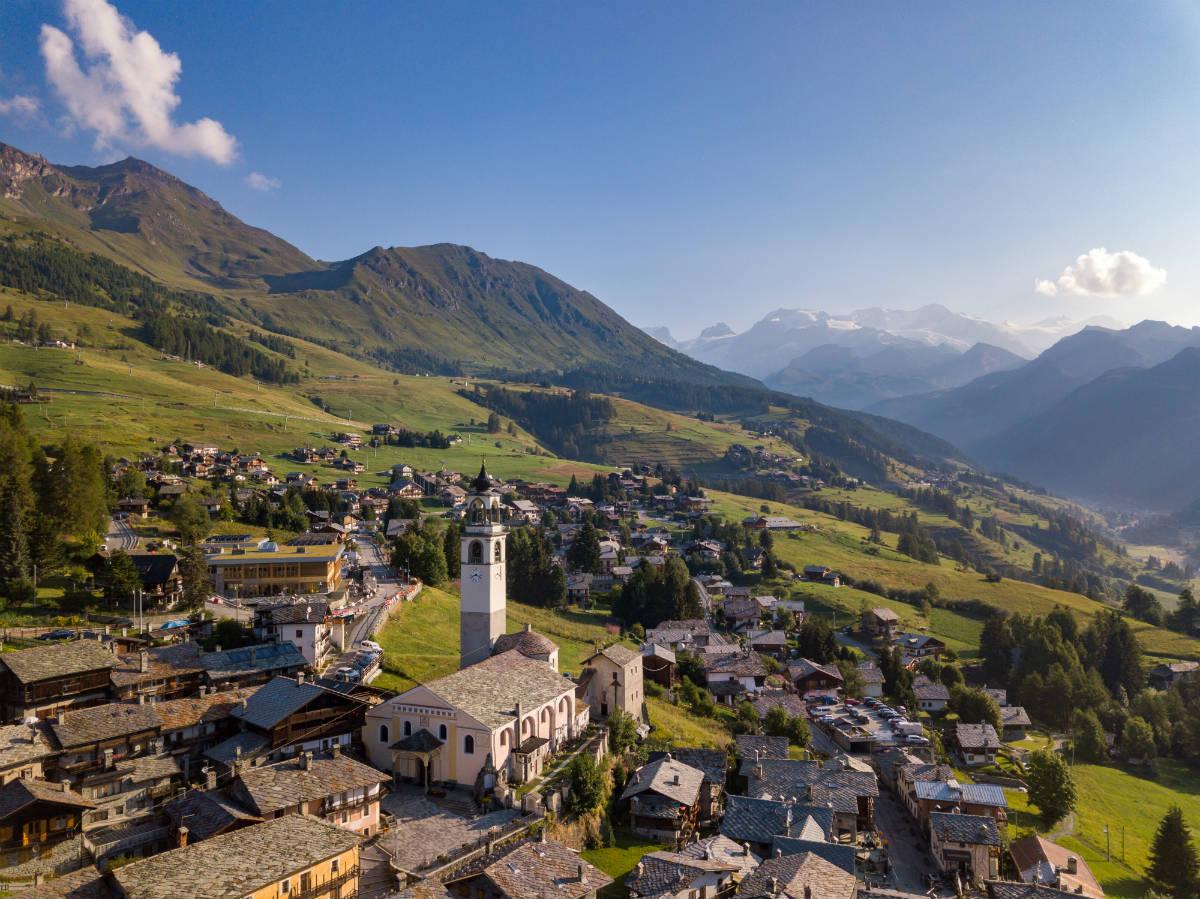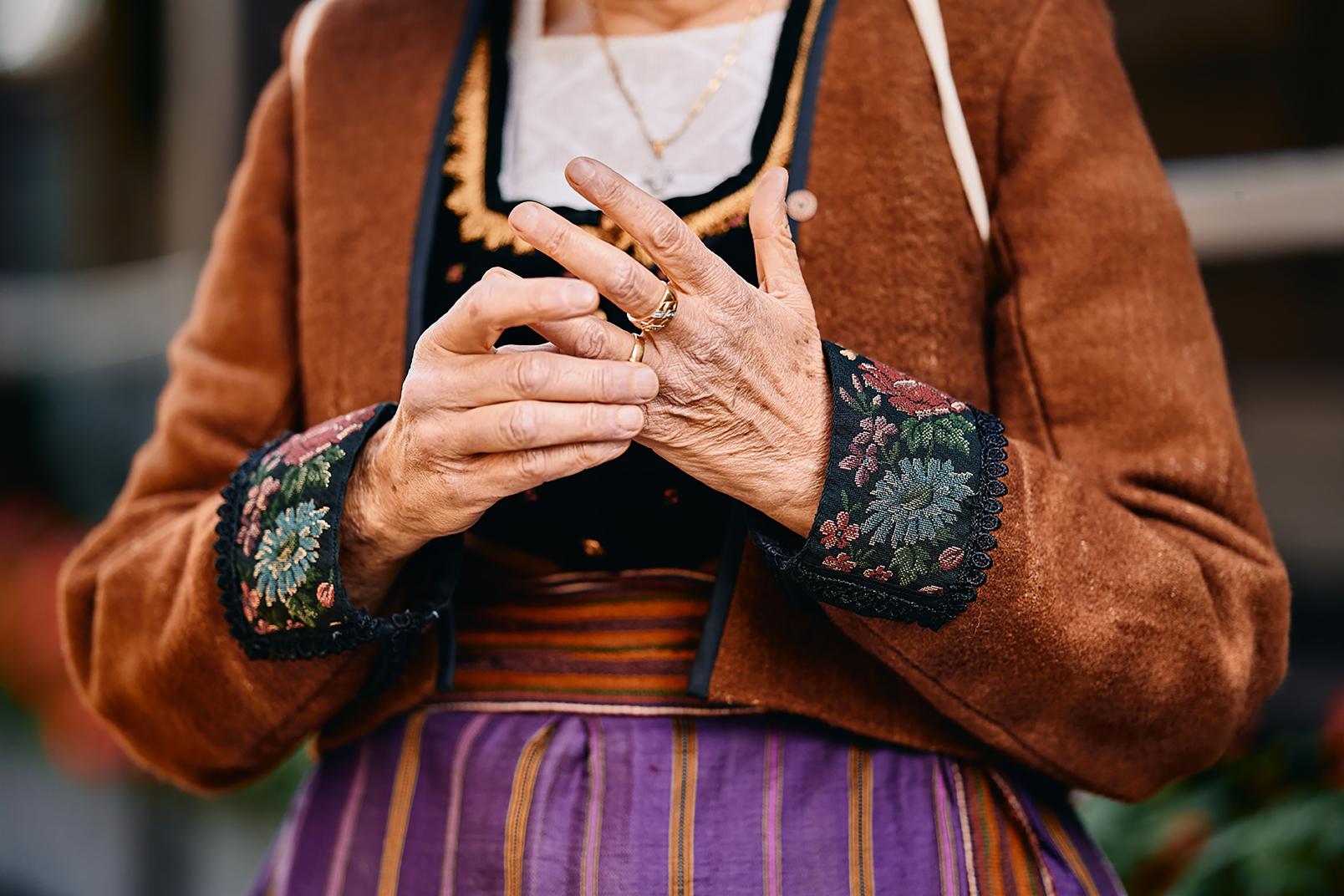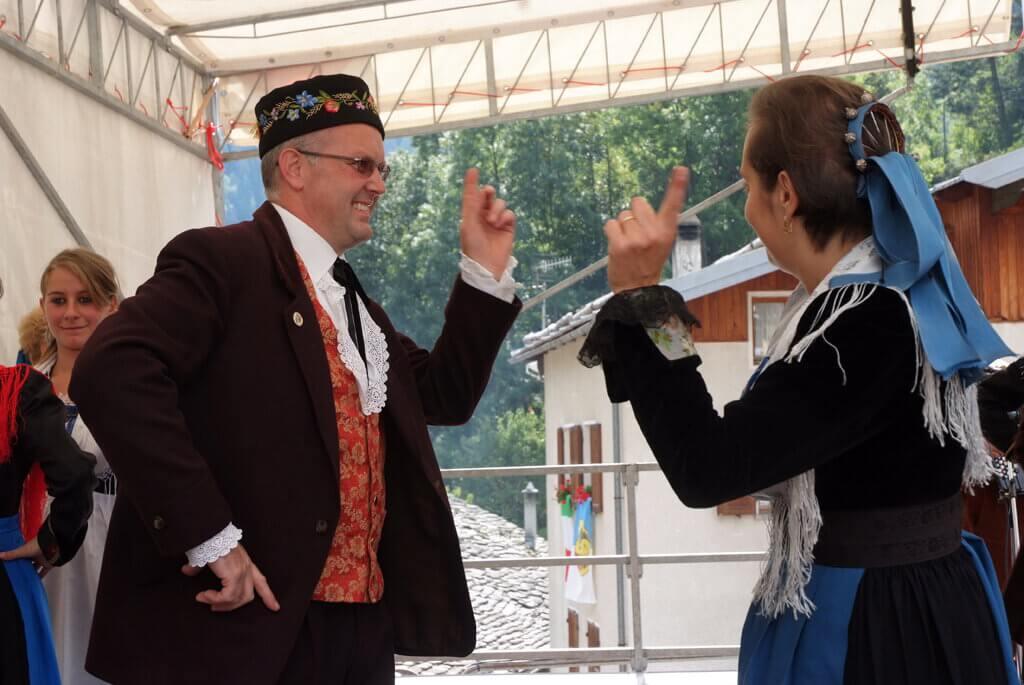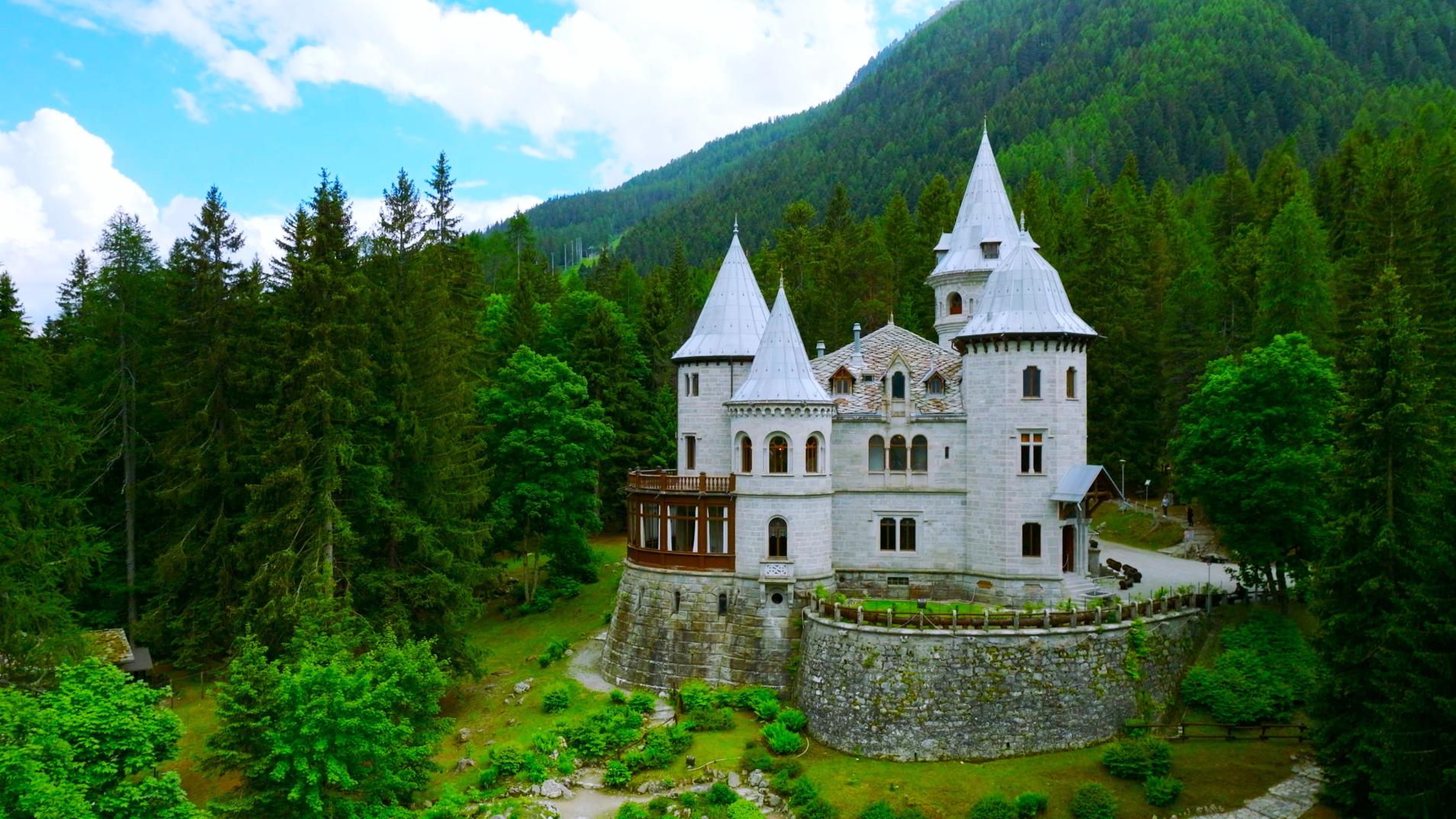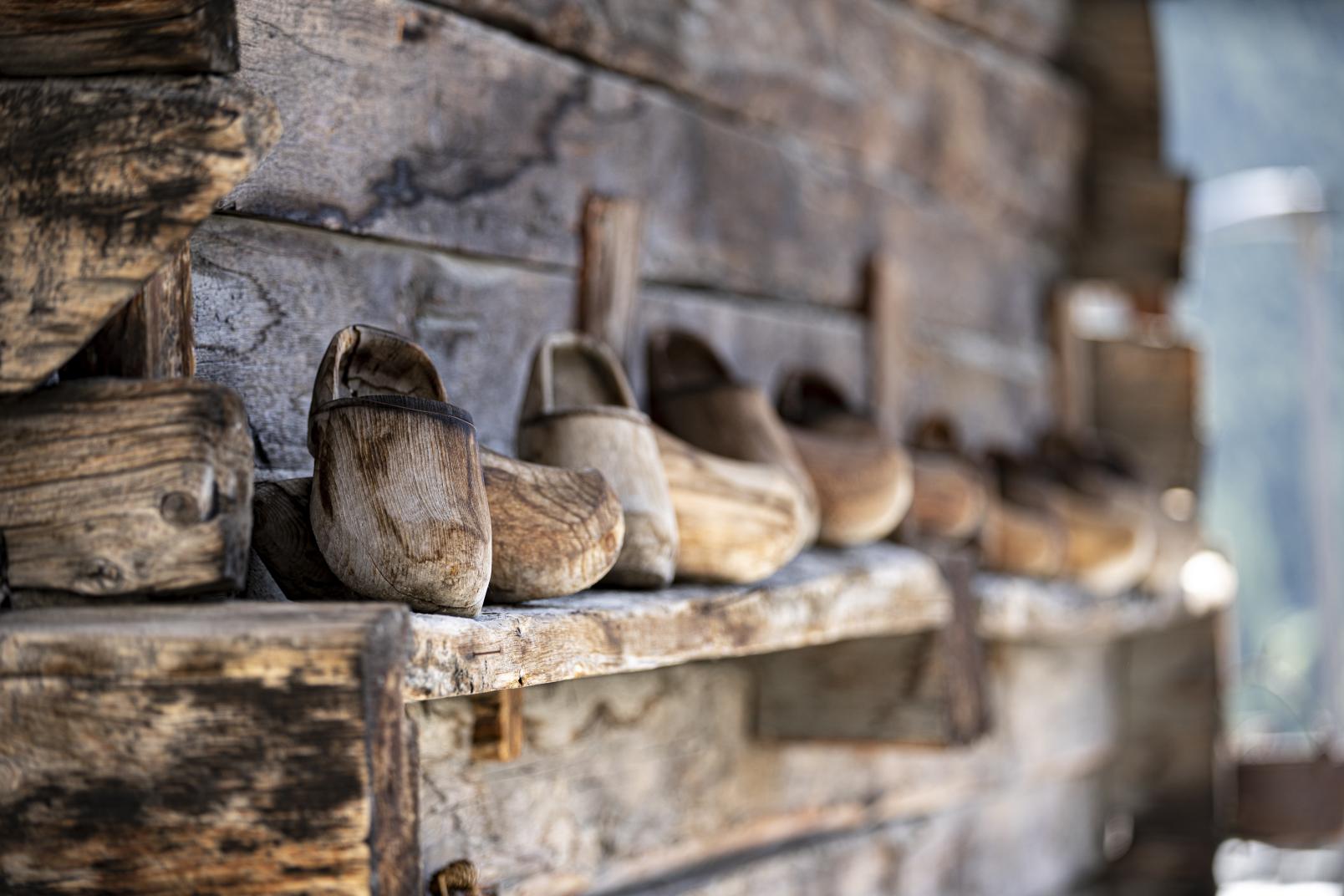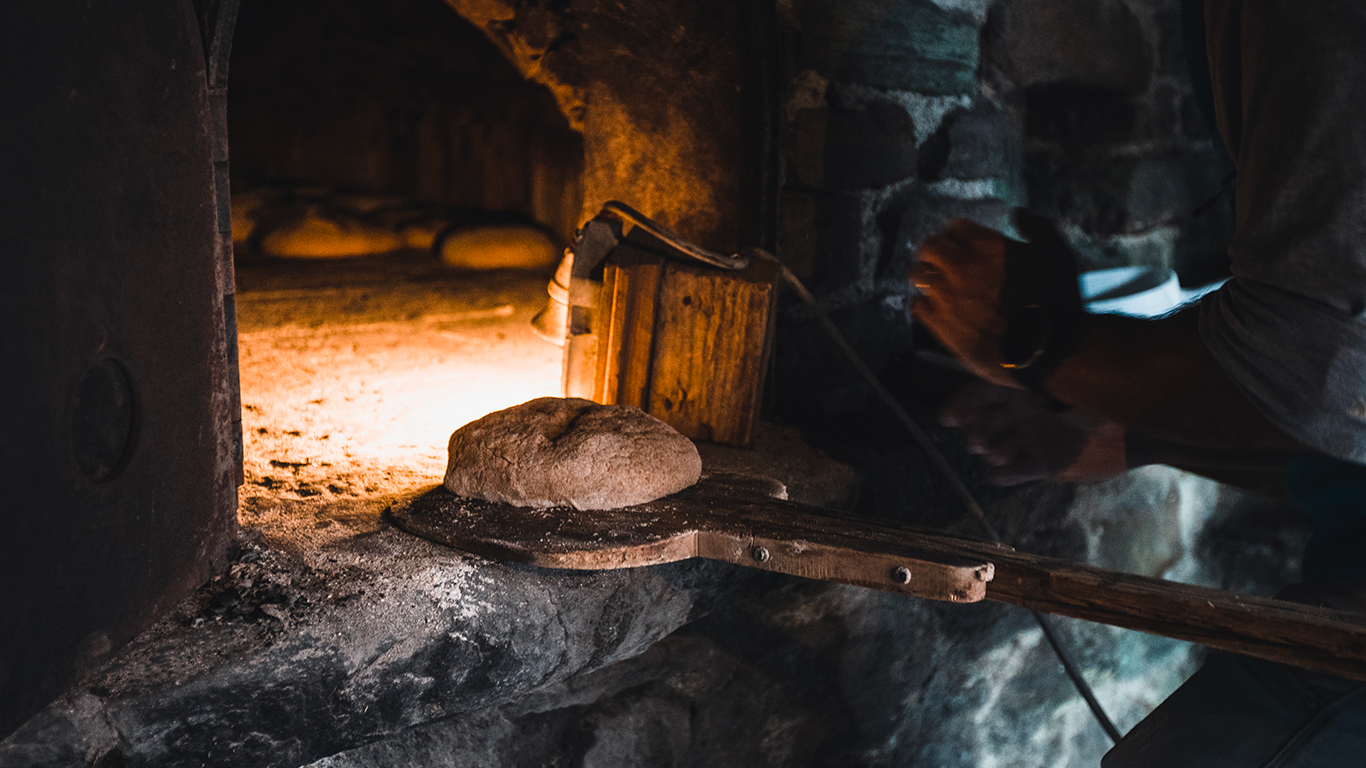The Origins of the Sacro Monte di Varallo
It was the Franciscan friar Bernardino Caimi, former custodian of the Holy Sepulcher in Jerusalem in 1478, who planned the construction of a "New Jerusalem" towards the end of the fifteenth century to allow the faithful to experience, through the story told by paintings and statues, the spirituality of the pilgrimage to the Holy Land retracing its symbolic places. The materials used by the artists to compose the works are almost all available in Valsesia.
The sixteenth century
It was Gaudenzio Ferrari, painter, sculptor and architect, who gave shape to Caimi's project, working on the Sacro Monte for about fifteen years. The reproduction of the sacred places in the life of Jesus was slowly replaced by the chronological illustration of the story. Gaudenzio tells the episodes of the Gospel giving a sense of freshness, emotion and daily simplicity. In the sculptures and frescoes he portrays truthful characters that every believer could have met walking through the districts of Varallo or along the paths towards the Valsesian pastures. The story was thus easily understood and believable. In the second half of the 16th century, the Perugian architect Galeazzo Alessi hypothesized a transformation of the Sacro Monte into a real citadel, embellished with fountains, hedges, gardens and small temples. Only a small part of the modifications were accepted and implemented.
The seventeenth and eighteenth centuries
It was the bishop of Novara Carlo Bascapè who introduced the indications dictated by the Council of Trent to the Sacro Monte. The Council recognized the educational function of images for the faithful, largely illiterate, provided they were controlled and verified. Bascapè will actively work by intervening to supervise and, in some cases, correct the representations under construction. The construction site that developed during the seventeenth century will see the birth of a Sacro Monte almost identical, in terms of space, to the one we can visit today. In 1614 the construction of the new basilica began, dedicated to the Assumption of the Virgin Mary, which was completed in 1713. At the same time, Varallo was transformed into one of the most important cultural and educational centers in the Kingdom of Sardinia and the Drawing School was founded. Here numerous artists active at the Sacro Monte teach the new generations the production of art together with the restoration of the works of their predecessors.
The nineteenth century
The construction of the Sacro Monte, which began in 1491, officially ended in 1896 with the addition of the facade of the basilica. The white marble chosen for the work comes from Carrara and was transported to Varallo thanks to the railway line inaugurated ten years earlier. In the city in 1831, the Society for the Encouragement of the Study of Drawing was founded to support the School of Drawing. In 1875, the Society for the Conservation of Works of Art and Monuments in Valsesia was set up to create an art gallery that would come to light in 1885.
In 1980 the Piedmont Region established a protected area called the Special Nature Reserve to safeguard the environmental and landscape characteristics of the Sacro Monte.



